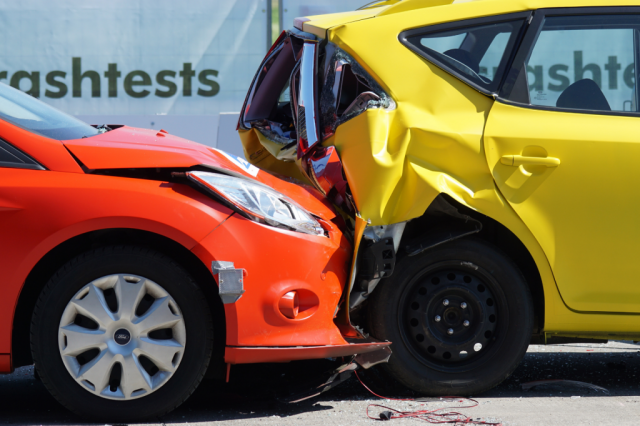One of the most common types of car accidents is a rear-end accident, which happens when one car crashes into the back of another.
Injuries from these types of accidents can range from small ones like bruises to more serious ones like whiplash and concussions. Finding out what causes rear-end accidents and taking steps to avoid them can greatly lower the chance of them happening.
You might find it helpful to talk to rear-end car collision lawyers after you've been involved in one. They can help you get compensation for any injuries or losses sustained and walk you through the legal process.
This piece will talk about the main reasons why rear-end accidents happen and how to avoid them.
Common Causes of Rear-End Accidents
Rear-end accidents are caused by a lot of factors, which are discussed below:
- Distracted Driving: Activities such as eating, texting, or adjusting the radio take a driver's attention away from the road, making it harder for them to respond quickly. If a driver is not paying attention, they might not notice that the car in front of them has stopped or slowed down.
- Tailgating: Following too close to the car in front of you makes it harder to stop quickly if you need to. A driver has less time to stop and avoid a crash when there’s not enough space between cars.
- Speeding: Driving above the speed limit or too fast for certain conditions means it takes longer to stop. If someone is going too fast, they might not be able to stop in time to avoid hitting the car in front of them, especially if the driver in front of them stops quickly.
- Weather Conditions: Roads can become slippery, and visibility is reduced when it rains, snows, or fogs, making it harder for drivers to stop quickly. When it's slippery or hard to see, you need to be extra careful and keep a longer following distance.
- Sudden Stops: If the car in front stops suddenly, it can throw off the driver behind. If you don't have enough room to respond, you're more likely to hit someone from behind.
Prevention Methods for Rear-End Accidents
Luckily, rear-end accidents can often be avoided by following a few simple rules and habits when driving. Here are some good ways to make these mistakes less likely to happen:
- Maintain a Safe Following Distance: Always follow the three-second rule. This gives you time to respond if the car in front of you stops suddenly. For extra safety, make this distance five or six seconds when the weather is bad or if there is a lot of traffic.
- Stay Alert: Don't let anything else take your attention away from the road. This means you can't text, eat, or change settings on your phone while you're driving. Being alert helps you avoid possible dangers, like sudden stops or changes in the flow of traffic.
- Drive According to the Conditions: Change your speed based on the weather and road conditions. In wet or snowy weather, slow down to give yourself more time to stop. Do not go too fast in places where it is hard to see, like when it is dark or raining.
- Ensure Regular Vehicle Maintenance: Take good care of your car to make sure it's in good shape. Check your brakes often and make sure that your taillights and stop lights work. This lets other drivers know what you're planning so they can respond properly.






